Deep beneath the sun-scorched sands of the American Southwest lies one of nature’s most cunning predators. While most hunters chase their prey forward, this remarkable creature has mastered the art of reverse hunting, creating elaborate death traps that would make any medieval siege engineer jealous. The antlion larva, often called a “doodlebug,” represents millions of years of evolutionary perfection in patient, calculated predation. These seemingly innocent creatures have turned the simple act of digging backwards into a lethal hunting strategy that has fooled countless unsuspecting insects for over 150 million years.
The Master Architect of Death Traps
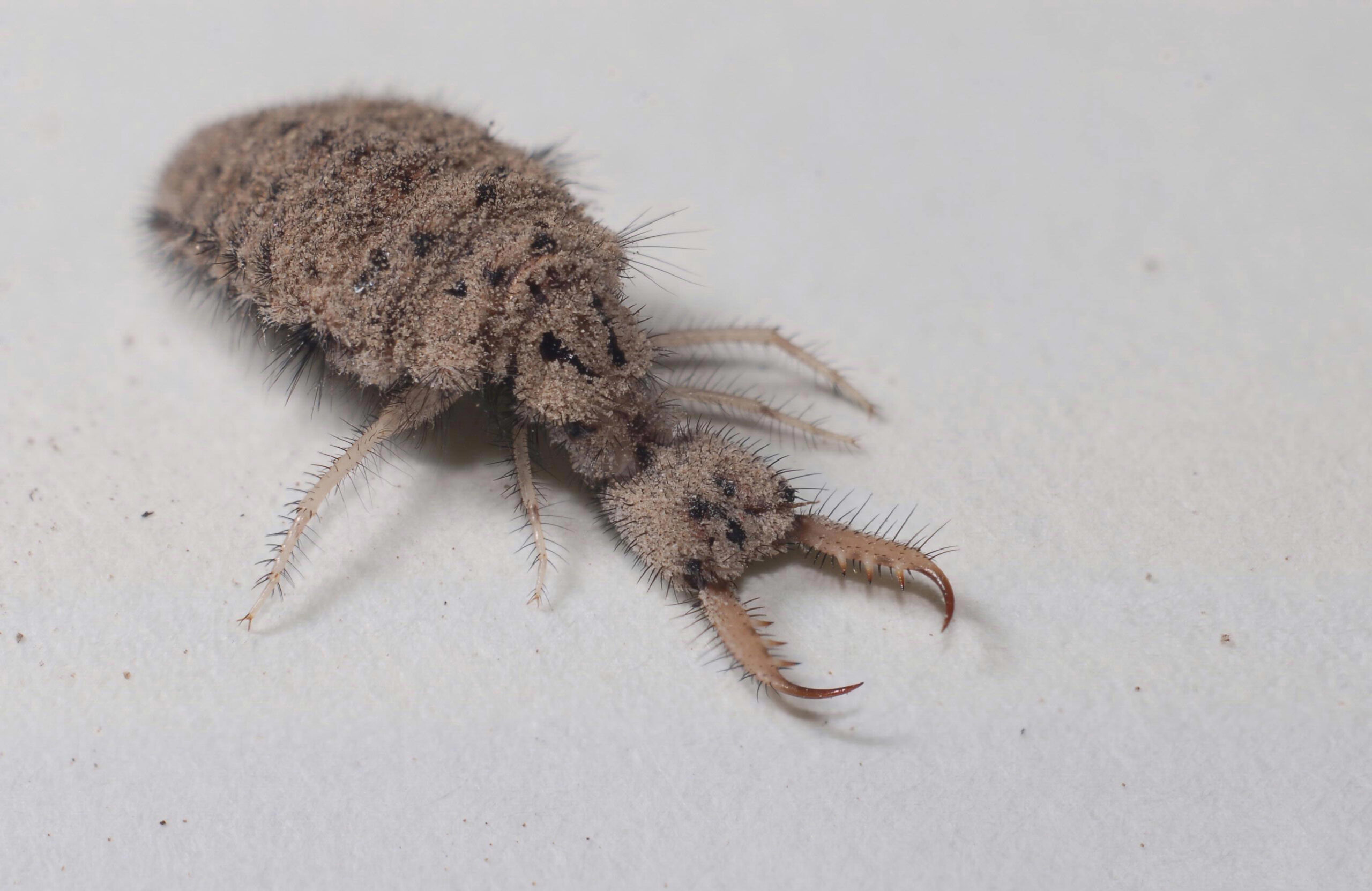
Check archived versions at web.archive/archive.is, CC BY 3.0 us, https://commons.wikimedia.org/w/index.php?curid=8322114)
The antlion larva’s hunting technique resembles something straight out of a horror movie. Using only its backwards-moving abilities, this predator excavates perfectly conical pits in loose sand, creating what biologists call “pitfall traps.” The precision of these constructions is remarkable – each pit measures exactly the right depth and angle to prevent prey from escaping once they tumble in. What makes this even more fascinating is that the antlion never sees its finished work. It spends its entire larval life buried at the bottom of its pit, with only its massive jaws protruding above the sand surface. The creature relies entirely on vibrations and instinct to know when its trap is ready and when prey has fallen victim to its deadly design.
Backwards Engineering at Its Finest
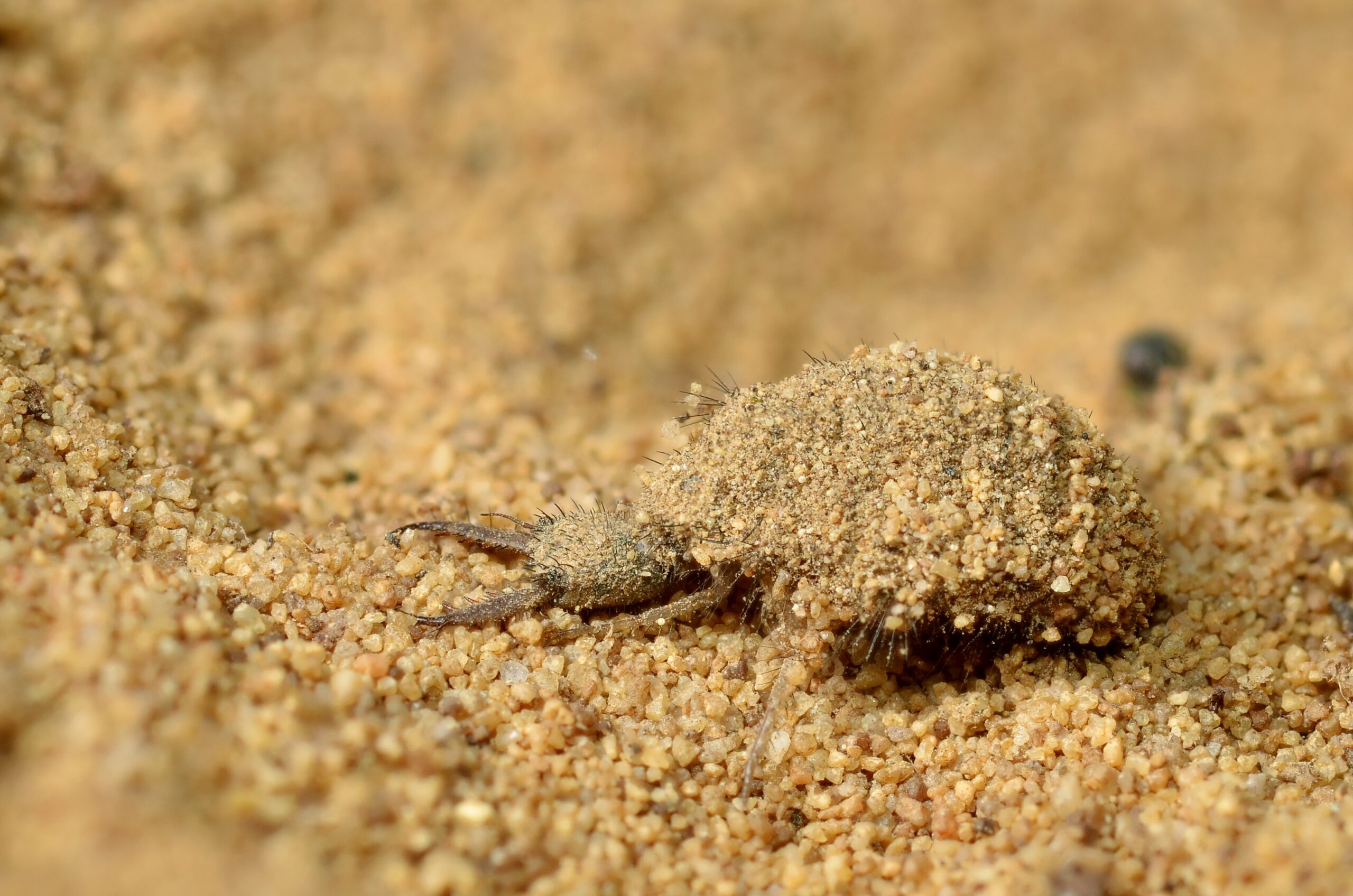
The backwards movement of antlions isn’t just a quirky behavior – it’s a highly specialized adaptation that makes them incredibly efficient predators. Their bodies are perfectly designed for reverse locomotion, with specialized bristles and body segments that propel them through sand more effectively than any forward motion could achieve. When constructing their pits, they spiral outward from the center, flicking sand with surgical precision to create the perfect slope angle. This reverse engineering creates pits that are masterpieces of physics and geometry. The walls maintain exactly the right angle of repose – steep enough to cause prey to slide down, but stable enough to maintain the trap’s structure. Each grain of sand is positioned with the precision of a Swiss watchmaker, despite the antlion working completely blind and backwards.
The Waiting Game of Desert Predators
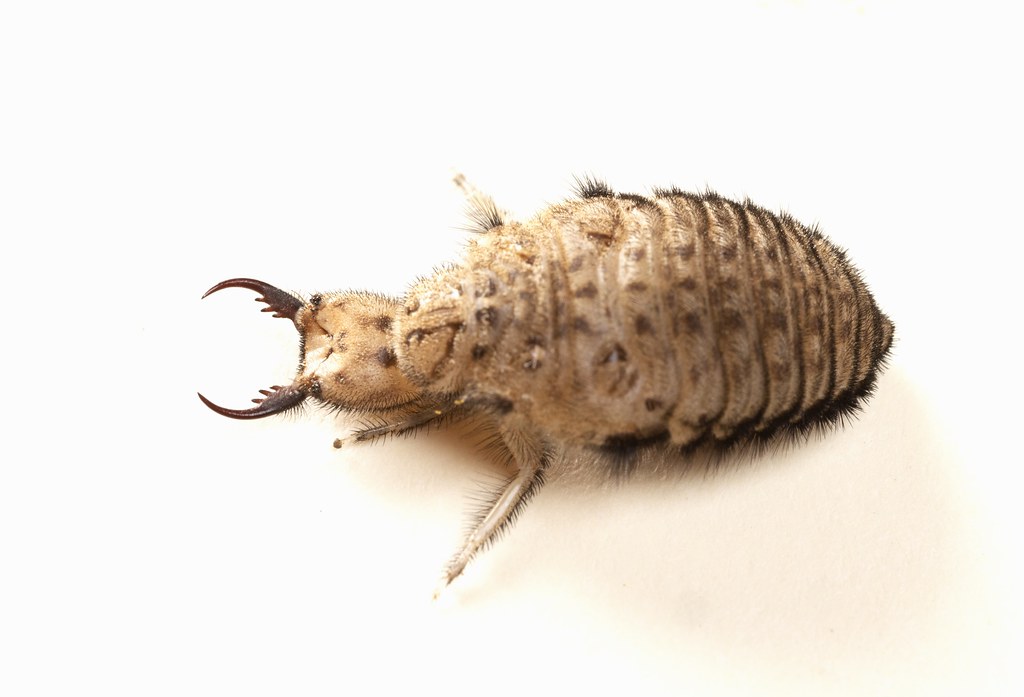
Patience defines the antlion’s hunting strategy more than any other characteristic. These creatures can wait motionless at the bottom of their pits for weeks or even months without feeding, surviving on stored body fat and incredible metabolic efficiency. Their entire lifestyle revolves around the principle that good things come to those who wait – and dig the perfect trap. During drought periods common in southwestern deserts, antlions enter a state of near-suspended animation. Their metabolic rate drops so dramatically that they can survive without food for up to six months. This incredible adaptation allows them to outlast harsh desert conditions that would kill most other predators. The waiting period isn’t passive, though. Antlions constantly maintain their traps, repairing wind damage and adjusting the pit’s geometry based on environmental conditions.
Victims of the Funnel of Doom
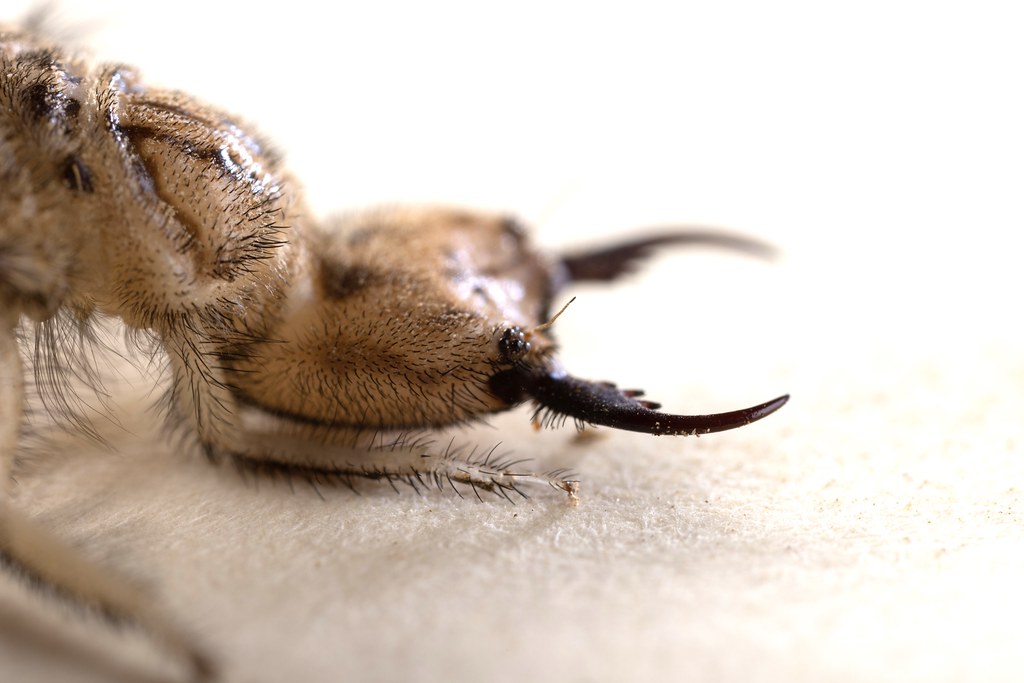
Ants represent the primary target of these sand traps, though the antlion’s menu includes virtually any small arthropod unlucky enough to stumble into their domain. The moment an ant steps onto the loose sand at the pit’s edge, physics takes over. The carefully calculated slope angle ensures that every step the ant takes only causes more sand to cascade downward, carrying the victim inevitably toward the waiting jaws below. The struggle becomes increasingly desperate as the ant realizes its predicament. Each attempt to climb out only triggers more sand avalanches, and the antlion below begins actively flicking sand upward to further destabilize any escape attempts. It’s a terrifying display of predatory intelligence from a creature with a brain smaller than a pinhead. What’s particularly cruel is that the antlion often doesn’t kill its prey immediately, instead injecting digestive enzymes that begin breaking down the victim’s internal tissues while it’s still alive.
The Surprising Adult Transformation
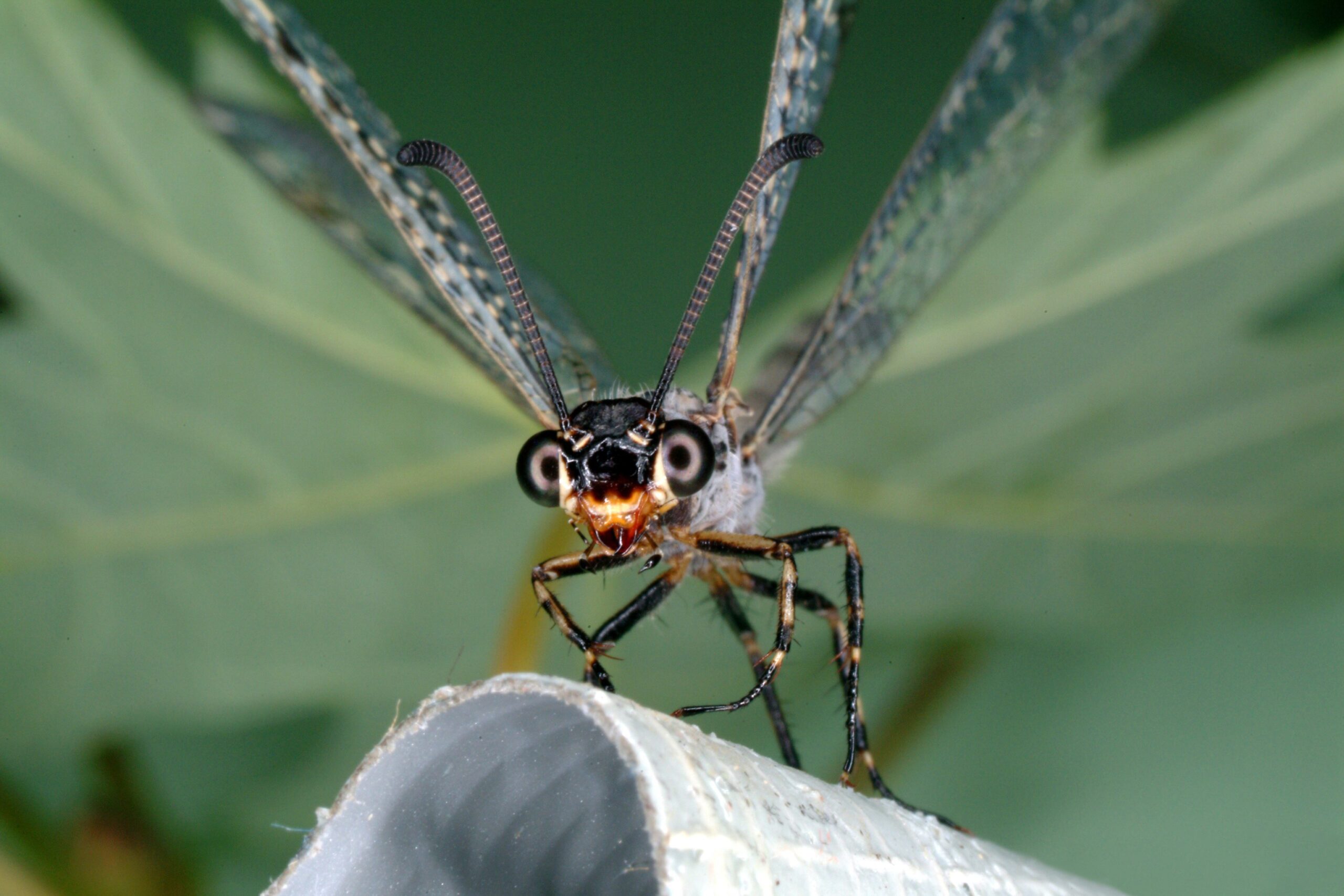
After years of backwards living and patient hunting, the antlion undergoes one of nature’s most dramatic transformations. The fearsome predatory larva metamorphoses into a delicate, almost ethereal adult that looks remarkably similar to a damselfly. This adult form abandons the backwards lifestyle entirely, emerging from the sand to live an aerial existence focused solely on reproduction. The adult antlion’s appearance is so different from its larval form that early naturalists classified them as completely separate species. These graceful fliers have large, gossamer wings and feed primarily on nectar and small flying insects, representing a complete reversal of their underground predatory lifestyle. The transformation process itself is remarkable, with the larva constructing a cocoon-like chamber deep in the sand where it remains for several weeks before emerging as a completely different creature.
Southwestern Species and Their Territories
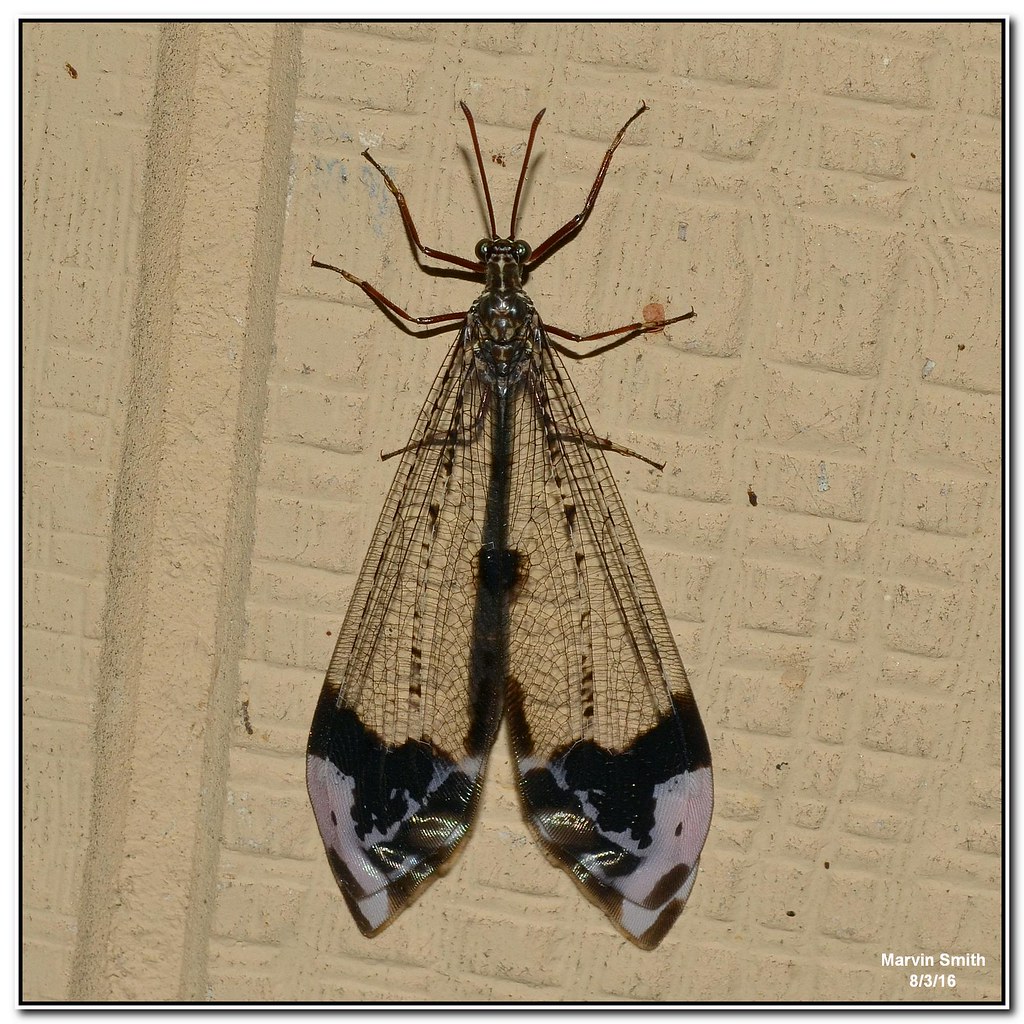
The American Southwest hosts several distinct antlion species, each adapted to specific desert conditions and prey types. The most common species, Myrmeleon immaculatus, creates the classic conical pits that can measure up to three inches across in optimal sandy conditions. These giants of the antlion world can capture prey as large as small beetles and even other antlion larvae. Brachynemurus species prefer finer sand particles and create smaller, more precisely engineered traps. Their pits might only measure an inch across, but they’re devastatingly effective against their preferred ant prey. These species often dominate areas with specific soil compositions, showing remarkable habitat specialization. Some southwestern antlions have adapted to rocky desert conditions, creating modified traps under overhanging rocks or in sand pockets between boulders.
The Physics Behind the Perfect Pit
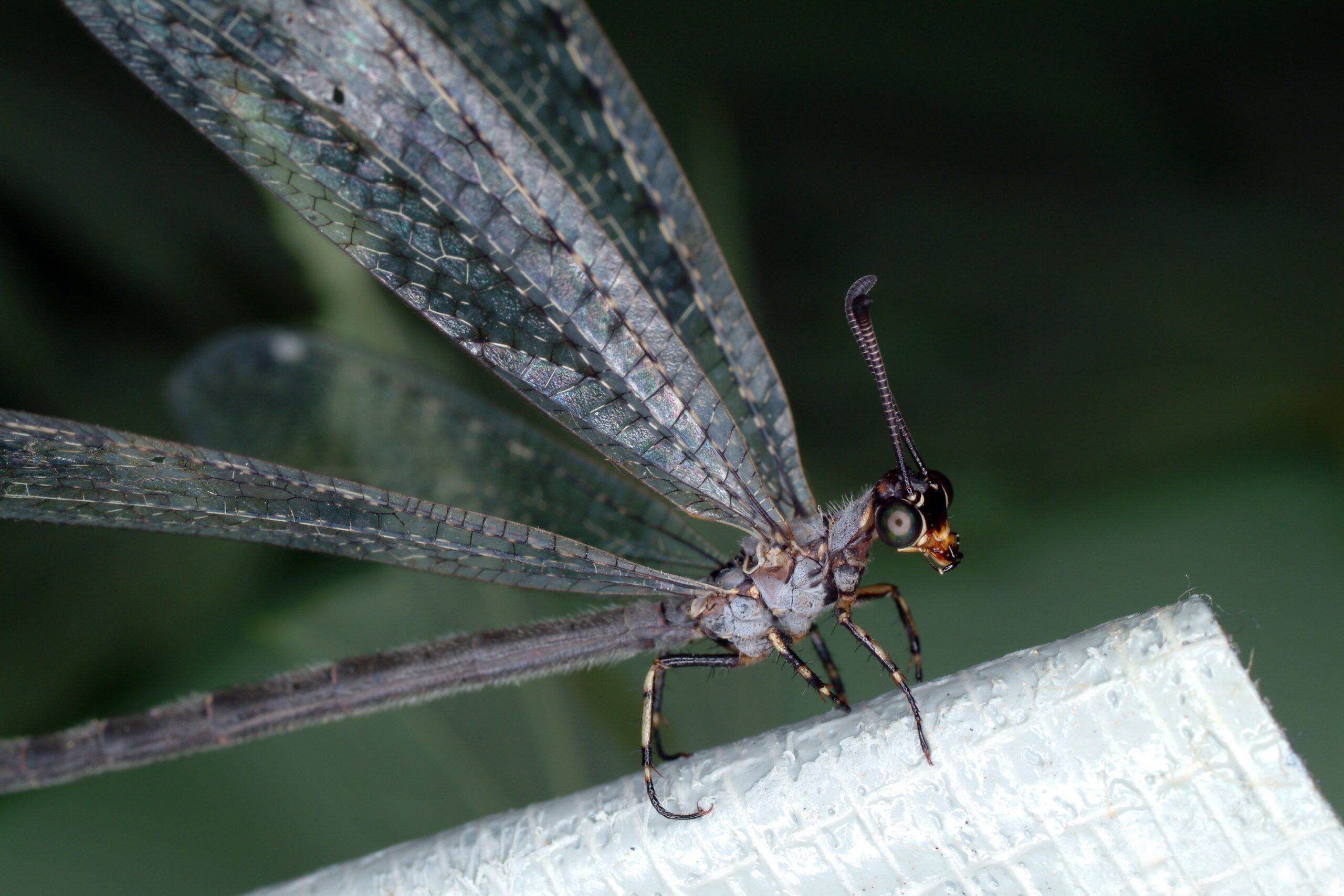
Check archived versions at web.archive/archive.is, CC BY 3.0 us, https://commons.wikimedia.org/w/index.php?curid=8322102)
The engineering principles behind antlion pits reveal sophisticated understanding of physics that rivals human engineering achievements. The slope angle of approximately 30-35 degrees represents the critical angle of repose for dry sand – any steeper and the walls collapse, any shallower and prey can easily climb out. This precise calculation occurs instinctively, with no conscious planning from the predator. Sand grain size plays a crucial role in pit construction success. Antlions actively select locations with optimal particle sizes, rejecting areas where sand is too coarse or too fine for effective trap construction. They can assess sand quality through sensory organs in their legs and mouthparts, essentially performing geological surveys before committing to a building site. The depth-to-diameter ratio follows mathematical principles that maximize capture efficiency while minimizing construction energy expenditure.
Predator Becomes Prey
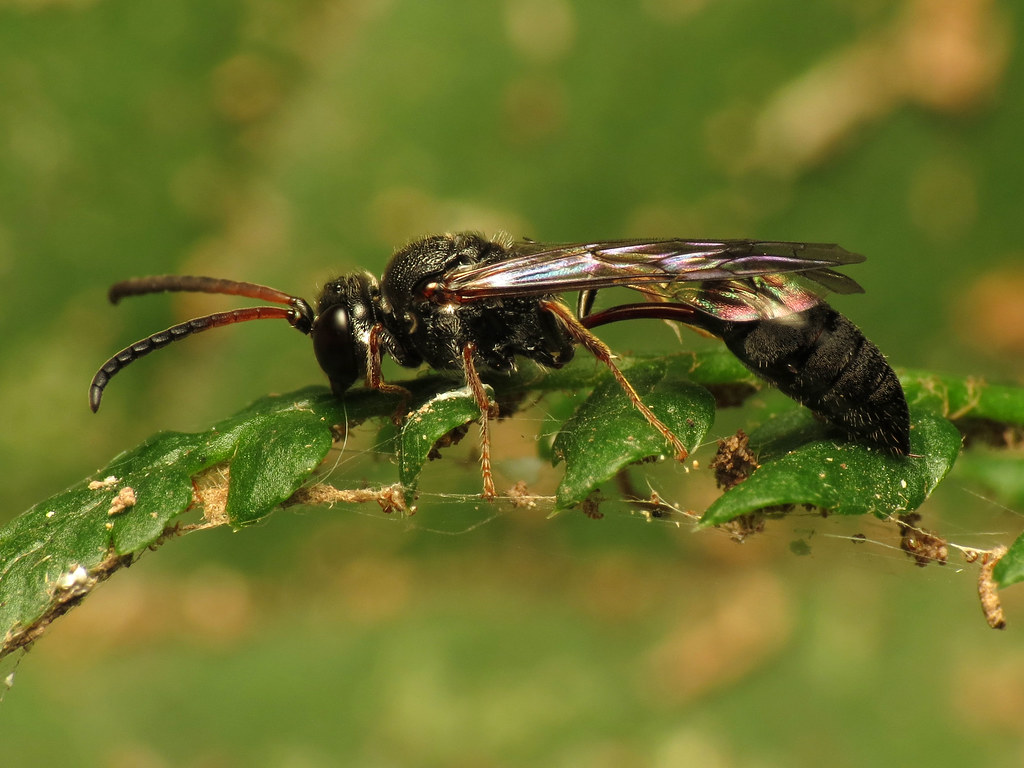
Despite their fearsome reputation, antlion larvae face numerous threats in their sandy domains. Parasitic wasps represent their most dangerous enemies, locating buried larvae through chemical detection and depositing eggs directly into their bodies. These wasp larvae then consume the antlion from the inside out, turning the tables on the patient predator. Ground-dwelling spiders, particularly wolf spiders, actively hunt antlion larvae by detecting vibrations from their pit construction activities. Ironically, the very behavior that makes antlions such effective predators also advertises their location to hungry enemies. Some spider species have learned to mimic struggling prey vibrations to lure antlions closer to the surface. Birds, lizards, and even other antlion larvae will consume exposed individuals, making the buried lifestyle both a hunting strategy and a survival necessity.
Communication Through Sand Vibrations
Antlions have developed a sophisticated communication system based entirely on vibrations transmitted through sand particles. They can distinguish between the footsteps of different prey species, the movements of potential predators, and even the construction activities of neighboring antlions. This vibrational language allows them to make life-or-death decisions while remaining completely hidden. Research has revealed that antlions can detect vibrations as subtle as a single ant footstep from distances exceeding six inches. They process this information through specialized mechanoreceptors that function like underground seismographs, analyzing frequency, amplitude, and direction to identify the source and nature of surface disturbances. Some species appear to coordinate their hunting activities, spacing their pits at optimal distances to avoid competition while maximizing territory coverage.
Climate Change and Shifting Sands

Rising temperatures and changing precipitation patterns in the Southwest are beginning to impact antlion populations in unexpected ways. Increased frequency of flash floods destroys established pit networks, while prolonged droughts create sand conditions that are either too hard-packed or too unstable for effective trap construction. Some populations are showing signs of shifting their geographic ranges to higher elevations where conditions remain optimal. Interestingly, some antlion species appear to be adapting by modifying their pit construction techniques to accommodate changing sand conditions. Researchers have documented populations creating deeper pits in areas where surface sand has become less stable due to altered weather patterns. Urban development across traditional antlion habitats poses additional challenges, as construction activities and landscape modification eliminate the specific sandy microsites these predators require.
The Role in Desert Ecosystems
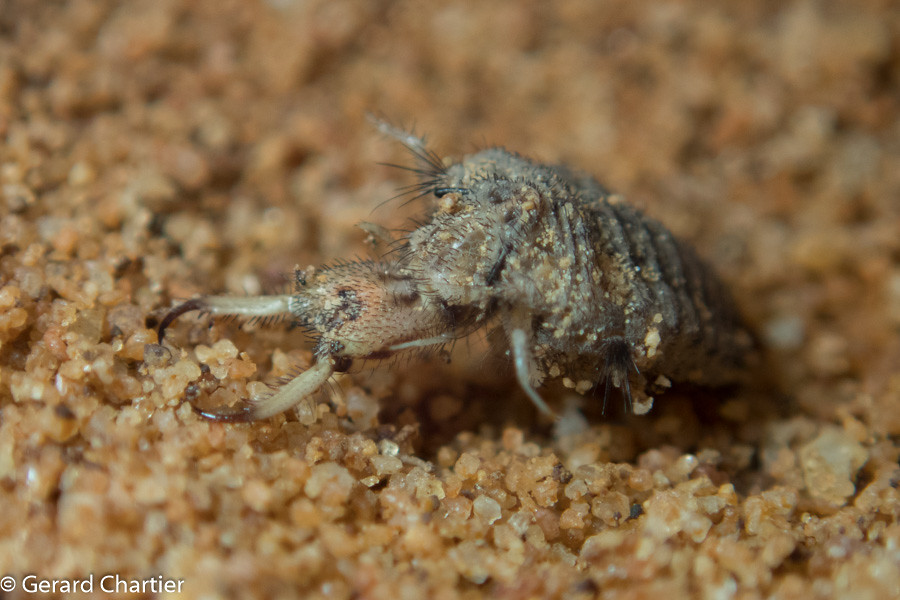
Antlions function as crucial population controllers in desert ant communities, helping maintain ecological balance in environments where food webs are relatively simple but highly interconnected. A single antlion larva can consume hundreds of ants during its development period, significantly impacting local ant colony dynamics and resource competition patterns. Their predation pressure influences ant foraging behavior, causing colonies to develop more complex trail systems and scouts to avoid sandy areas where antlion pits are common. This creates interesting evolutionary arms races, with ants developing better pit-detection abilities while antlions refine their trap construction techniques. The nutrients cycled through antlion predation contribute to desert soil chemistry in ways that benefit plant communities, particularly around established pit sites where organic matter accumulates over time.
Conservation Challenges in Urban Landscapes
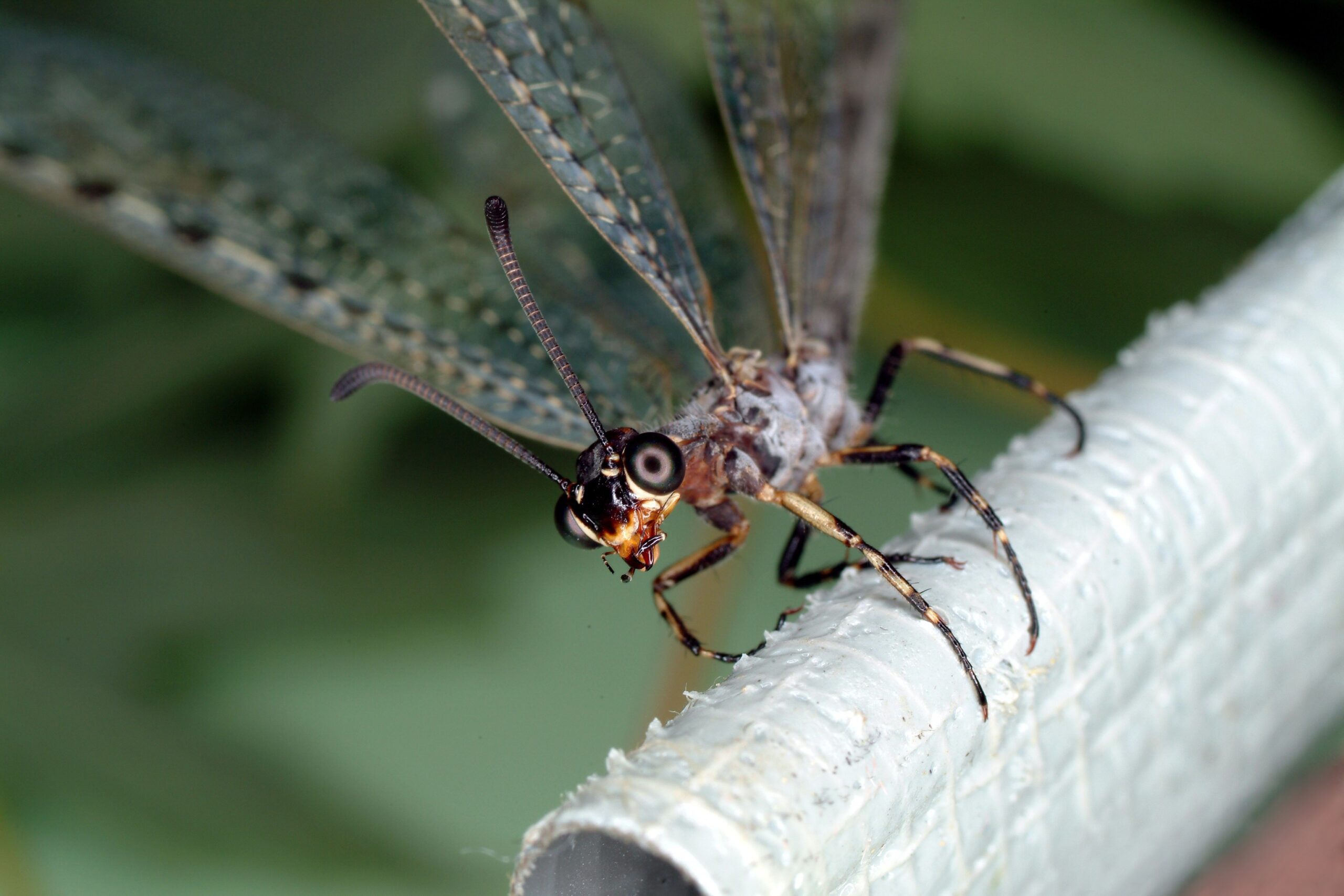
Check archived versions at web.archive/archive.is, CC BY 3.0 us, https://commons.wikimedia.org/w/index.php?curid=8322099)
Protecting antlion populations requires understanding their very specific habitat requirements, which often conflict with human development activities. These creatures need stable sandy areas that remain undisturbed for months or years at a time – conditions that are increasingly rare in developed landscapes. Conservation efforts focus on identifying and protecting critical sandy habitats that support breeding populations. Educational programs help landowners recognize the value of maintaining natural sandy areas, even small patches that might seem insignificant but serve as crucial antlion habitat. Some desert cities have begun incorporating antlion-friendly landscaping into public spaces, creating demonstration sites where people can observe these remarkable predators in action. The challenge lies in balancing human development needs with habitat preservation for species that require very specific environmental conditions to survive.
Research Frontiers and Scientific Discoveries
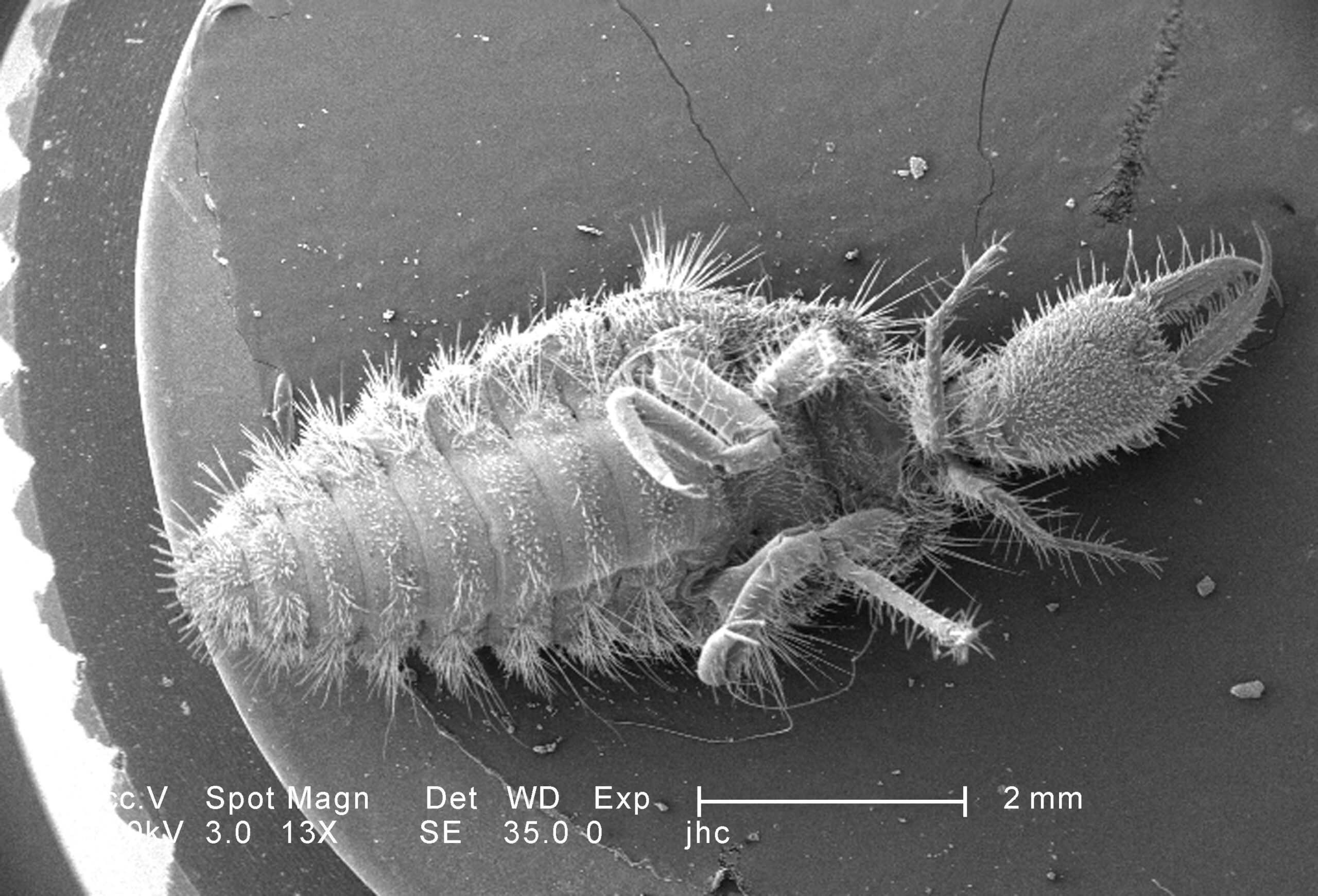
Modern research techniques are revealing new aspects of antlion biology that were previously impossible to study. High-speed photography has captured the precise mechanics of pit construction and prey capture, while sensitive vibration detection equipment allows scientists to eavesdrop on the underground communication networks these creatures maintain. Genetic studies are uncovering the evolutionary relationships between different southwestern antlion species, revealing how they’ve adapted to specific desert conditions over millions of years. Some species show genetic isolation patterns that suggest they’ve been separated in different mountain ranges since the last ice age. Biomimicry researchers are studying antlion pit construction techniques for potential applications in engineering and robotics, particularly for designing autonomous excavation systems that could operate in challenging environments like Mars.
Future Prospects for Desert Predators
The future of southwestern antlions depends largely on habitat conservation and climate adaptation strategies. While some species show remarkable resilience and adaptability, others appear highly specialized for specific conditions that may become less common due to environmental changes. Successful conservation will require landscape-level planning that maintains connectivity between suitable habitats and protects the subtle environmental conditions these predators require. Research into antlion ecology continues to reveal new aspects of their biology and behavior, suggesting that our understanding of these creatures remains incomplete despite decades of study. Future discoveries may reveal additional species, previously unknown behaviors, or ecological relationships that could change how we view these remarkable predators.
Conclusion
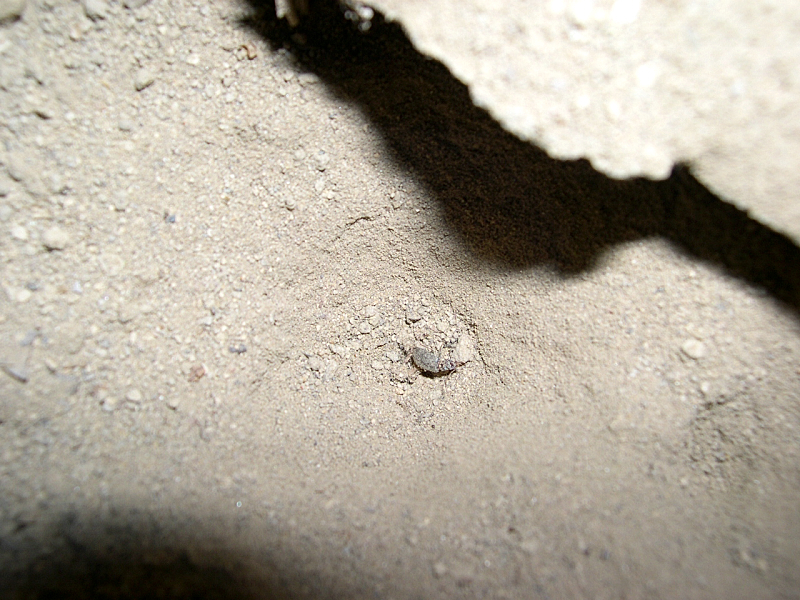
The intersection of traditional ecological knowledge from indigenous peoples and modern scientific research offers promising avenues for understanding antlion biology and developing effective conservation strategies. These backwards-hunting predators represent millions of years of evolutionary refinement, creating one of nature’s most elegant examples of patience, precision, and predatory efficiency. Their ability to thrive in harsh desert conditions while maintaining such specialized hunting behaviors demonstrates the incredible adaptability of life in extreme environments. As we continue to study these remarkable creatures, they remind us that some of nature’s most sophisticated predators operate not through speed or strength, but through intelligence, patience, and perfect engineering. What other secrets might be hiding in the sand beneath our feet?

